The CEO Challenge: Get DEI Right Or Get Rid of It
On Friday, 15 Dec. 2023, a CEO posted on X (formerly known as Twitter), "DEI must DIE." DEI, which stands for
Diversity, Equity, and Inclusion, has been controversial as of late. In fact, this tweet caused many within and outside of the DEI industry to engage in a meaningful dialogue about the challenges facing the field. The CEO was right when he stated, "The point was to end discrimination, not replace it with different discrimination." Replies to his Tweet included countless examples of bad DEI experiences. Nevertheless, by Monday, 18 Dec. 2023, the European Union announced that it would launch an investigation into X over possible breaches of its social media law. According to ABC News, "Europe's tough new regulations [are] designed to clean up social media and protect people from toxic online content." DEI is a centerpiece in the 27-nation bloc, as well as in countries around the world, from Canada to Japan to South Africa.
Leah Smiley, CDE®, President of The Society for Diversity says, "DEI is a global effort, and in a knowledge and experience economy, it is not going away. There are many organizations that are still doing great work, and there are some practices that need to be changed. For example, how many Fortune 1000 companies would hire a finance leader without a CPA or a legal team that did not pass the bar exam? Part of the reason for the backlash is the fact that a few companies were not clear about why they needed a Diversity leader, and because of that, they hired some folks who made mistakes. I think it's clear now that everyone can't lead DEI efforts."
Smiley adds, "In every industry there are challenges, and when something needs to change, the impetus is to fix it, not kill it." For example, Tesla recalled millions of U.S. vehicles over Autopilot issues, and Great Wall Motor Co., an emerging electric vehicle (EV) maker in China, just issued a recall for its 2023 Ora model in Australia due to risks of serious injury or death by electrocution. Are the EV recalls indicative that the battery-powered automobiles are useless? No, it means electric models can still be improved.
Since its foundation, DEI work has evolved. Yet, some employers are operating DEI efforts like it's 1980. Smiley says, "DEI was never designed to discriminate against anyone. The concept of Diversity was established in the 1980s as a solution to the U.S. Affirmative Action mandate. In fact, Diversity is an evolution of modern-day diversification strategies, which date back to the influential work of economist Harry Markowitz in the 1950s. Diversification is a risk-management strategy that contains a mix of distinct asset types that hedge against risks in the business environment.
For example, Coca Cola understands that each generation has different behaviors, expectations, attitudes, and needs. The company sells soda products, as well as orange juice, waters, and other beverages. Further, in different nations, the taste of Coca Cola's orange juice or the availability of different soda flavors may vary. Coca Cola's Diversity strategy then, hinges on appealing to consumer tastes and preferences in the different markets where the company operates. It also integrates a global supply chain strategy into its inclusion efforts to ensure that the company is contributing to local economic development and fostering innovation through its strategic partnerships.
From an alignment perspective, Coca Cola's DEI efforts may consist of recruiting diverse staff, maintaining business resource groups, training staff to perform well in diverse markets, improving Diversity in the supply chain, and marketing different products according to the needs and expectations of various population groups. Coca Cola's approach is strategic, sustainable, and competitive, allowing the company to maintain market dominance through customer loyalty and employee satisfaction, while simultaneously heading off rivals through a vigorous supply chain process.
Other organizations can leverage DEI strategically as well. The Society for Diversity recommends:
1. Getting your Chief Diversity Officer, as well as your leadership team, certified.
Accountability is not just reserved for White senior executives. DEI leaders should also be accountable. If their past trauma is influencing their current decisions, don't let them traumatize all your other employees. This is where a leadership team member needs to step in and redirect the DEIA efforts. Smiley asserts, "Stepping in requires the leadership team member to be informed, current, and knowledgeable because if the executive lacks self-awareness, they can make the situation worse. For example, recently another CEO claimed that the Harvard University President, Claudine Gay, was a Diversity hire. This CEO disagrees with Harvard's leadership and that is fine; however, what is not fine is claiming Harvard's President attained her position as the result of her race and not her qualifications."
"If Harvard University wanted to hire someone because of their race, they would not hire an award-winning academician. Gay's parents are educated immigrants, who worked hard and did not get anything for free. Having attended Princeton, Stanford, and Harvard, Gay earned her accolades. Contrary to popular belief, it is not easy for an immigrant, let alone a Black student, to get into an Ivy League institution," said Smiley. She adds, "There is nothing wrong with advocating for the university to do more regarding Anti-Semitism. However, there is a constructive alternative to expressing discontent, such as the CEO going to the campus and talking to students, faculty, and staff, as well as administrators, and developing ideas for improvements versus simply leveling criticisms on X and attempting to justify his beliefs. Of course, society wants and needs 'fighters.' However, when you are always at war, it takes a toll. In an organization, the toll is called toxicity, and it can cost companies millions of dollars in discrimination lawsuits, brand backlash, and lost sales."
D. I. Lee, PhD, CDE®, The Society for Diversity's Global Vice President of DEI Education and Certification, says "If the senior leadership team cannot resolve conflict productively, it is telling that the staff may struggle with the same issues. A healthy culture entails creating an environment that is psychologically safe for the purposes of allowing constructive feedback. It also emphasizes making mistakes without the fear of consequences, being able to collaborate across differences, and showing up for your team members as allies. DEI Certification provides important knowledge and skills in the right areas."
While the Diversity industry is a relatively new field, there are professional standards for effective DEI work. Both the
Institute for Diversity Certification (IDC)®
and the International Organization for Standardization (ISO) convened DEI Subject Matter Experts (SMEs) for the purposes of providing guidance to employers. The standards also serve to create a framework for effective practices, as well as establish the proper foundation for employers to attain commitment, accountability, integration, and desired outcomes. Not surprisingly, both sets of standards are similar in scope and global in nature.
The Human Resource Certification Institute (HRCI) utilizes the ISO standards 30415:2021 for its Certificate in D&I in HR Management program. The certificate does not have any experience requirements or other prerequisites, and provides a solid foundation in Assessment, Inclusion, and Retention for new HR business partners, DEI champions and allies, and supervisors. IDC offers certification, which requires at least two years of experience for the
Certified Diversity Professional (CDP)® credential and five years of experience plus a current leadership role for the
Certified Diversity Executive (CDE)® credential.
Dr. Lee says, "The difference between a certificate and certification is that a certificate provides evidence of education by taking a course, while DEI certification provides third party verification that a leader meets industry standards by passing an exam and submitting a professional work for peer review. Upon achieving Diversity certification, individuals are conferred with the industry-recognized CDP® or CDE® credentials. There is also a continuing education requirement, where certified leaders must obtain 60 continuing education units every three (3) years in order to maintain valid credentials." IDC is the #1 DEI certification provider in the world, with thousands of candidates and designees in every US state and more than 30 other nations.
2. Expand your definition of Diversity.
In respect to a diversification strategy, IDC's certification system
defines modern-day Diversity efforts as an asset that produces real business value. The Society for Diversity recently began adding an "A" to the end of DEI for Accessibility. Beyond accommodations, SeeWriteHear defines Accessibility as "the practice of making information, activities, and/or environments sensible, meaningful, and usable for as many people as possible." This definition is not limited to people with disabilities because everyone benefits when an organization's website, buildings, products/services, etc., are accessible. For example, closed captioning may be used by a person who is deaf or hearing impaired, but it can also be used by a Generation Z or Baby Boomer employee/customer/patient/student, a caregiver, and an immigrant with limited English capabilities.
How have you expanded the current definition of Diversity and representation? Does your organization take an outdated approach to defining Diversity by race and gender? Can all your employees see themselves in your definition? Presenting value through DEI entails ensuring that your organization's definition is not narrow, but truly inclusive and agile as people will identify themselves differently now and in the future.
For Diversity efforts to produce the most value, it must include a wider range of demographic identities. For example, on a Board of Directors, you don't want to merely recruit one woman. Having only one of any underrepresented group is a start and must go further to relieve the pressure of being required to be the representative for the entire group. Other dimensions of Diversity should be included such as level of education, specialty (e.g., finance/accounting, technology, human resources, etc.), industry, race/ethnicity, age, geography, income level, etc. This is why it's best to have more than one diverse person because no two individuals have the same backgrounds or lived experiences-- even if they represent the same identity group.
Additionally, Diversity is valuable for White males, such as in an organization run by Japanese, Jewish, or Black individuals. For years, the various Chairpersons of the Board for the United Negro College Fund were White. That was a strategic decision. Also, the Chair was not the only White person on the Board; there were multiple Board members who were White because it added more value. Today, the Chairperson is a man of color, but the organization can still grow in Diversity by engaging a female Chairperson with a variety of different characteristics.
For every type of organization, how you define Diversity matters. Try using a broader lens to be more inclusive with the overall definition, but when discussing specific challenges that a particular group faces, attempt to use a narrow lens that signifies the nuances (such as being a Black LGBTQ+ woman with a disability or being a Baby Boomer in an urban area that is a pharmacy desert). Being specific requires engaging more unique voices and can present revolutionary solutions to challenges regarding fair pay, Accessibility, or engagement. Nevertheless, include majority group members because their backgrounds, experiences, and ideas are equally important to organizations and can add value to DEI efforts.
3. Define your own vision for success, and make sure your DEIA strategy is connected to the organization's strategy.
Properly setting expectations means that your senior leaders understand that DEIA is not a journey of perfection. Mistakes will be made. The bigger question is: how do you handle mistakes?
If we properly equip our executives, leaders won't be afraid to "get it wrong" and meaningful dialogue can come alive. To equip means to "supply with the necessary items for a particular purpose; to prepare for a situation or task." There are several ways to equip executives for DEI leadership versus enable them to maintain the status quo or engage in performative actions.
- Allow executives to practice talking about the vision for culture, Diversity, Accessibility, and inclusive excellence in their own words-- from the heart. It may be uncomfortable at first, but as they develop, they will build the right skills to respond in an appropriate way. They may even come up with better ideas.
- Use coaching or training to encourage executives to develop more than one response to different scenarios that they will face. The key is to help executives prepare for talent management issues instead of ignoring or fearing those challenges. DEI certification also prepares senior leaders for various scenarios at work.
- Reinforce team learning, where executives can spend 5-10 minutes talking about different DEI issues during every leadership team meeting, and practice offering feedback to one another. The more that they can engage in authentic and organic DEI, the better your chances are at creating real culture change.
Often, when we reflect on great strategists, we think of Sun Tzu, a Chinese military general, or Jack Welch, former CEO of General Electric. For most executives, business strategy is a complex concept that is difficult to master. The idea is even more challenging when we add DEI to the mix. What is a DEI strategy, and how do you apply a DEI lens to your current strategy? A Diversity, Equity, and Inclusion Strategy is the proactive process of steering an organization toward sustainable, long-term success through Inclusion, cultural competence, market segmentation, Accessibility, and equitable service. DEI should never operate as a stand-alone, separate entity; instead, it must be aligned with the organization's vision, strategy, and goals.
Developing a DEI strategy or applying a DEI lens to your current strategy is a powerful engagement process that can help you prevent backlash and lawsuits; solidify your brand and competitive position; and identify opportunities for growth. Keep in mind that it is easier to prevent issues with your strategy than it is to use a strategy to merely fix problems. Additionally, the strategy should serve as a bridge from point A to point B, and work to focus energy and resources on a few pivotal objectives whose accomplishment will lead to a cascade of favorable outcomes.
Leah Smiley says, "Of course, there is value in DEI. However, organizations are at a crossroads where they will have to get it right or get rid of it. The opportunities for getting it right are immense, but there's no shortcut to success. There must be skilled DEI leaders (regardless of one's job title), an expanded definition of Diversity, a vision for success, and integration with the organization's strategy. Otherwise, DEI will continue to be misunderstood, divisive, and ineffective, and it doesn't make sense to operate Diversity initiatives in this manner. There's a better way."
To participate in The Society for Diversity's CEO challenge, call 1-800-983-6192 or visit
www.diversitycertification.org.
Share This Article!
Disclaimer: Content on this blog is authored by multiple sources. While we do make every attempt to proofread and fact-check, unless authored our staff, the views expressed do not necessarily reflect those of the Institute for Diversity Certification (IDC), Inc.
More Insightful DEIA Blogs

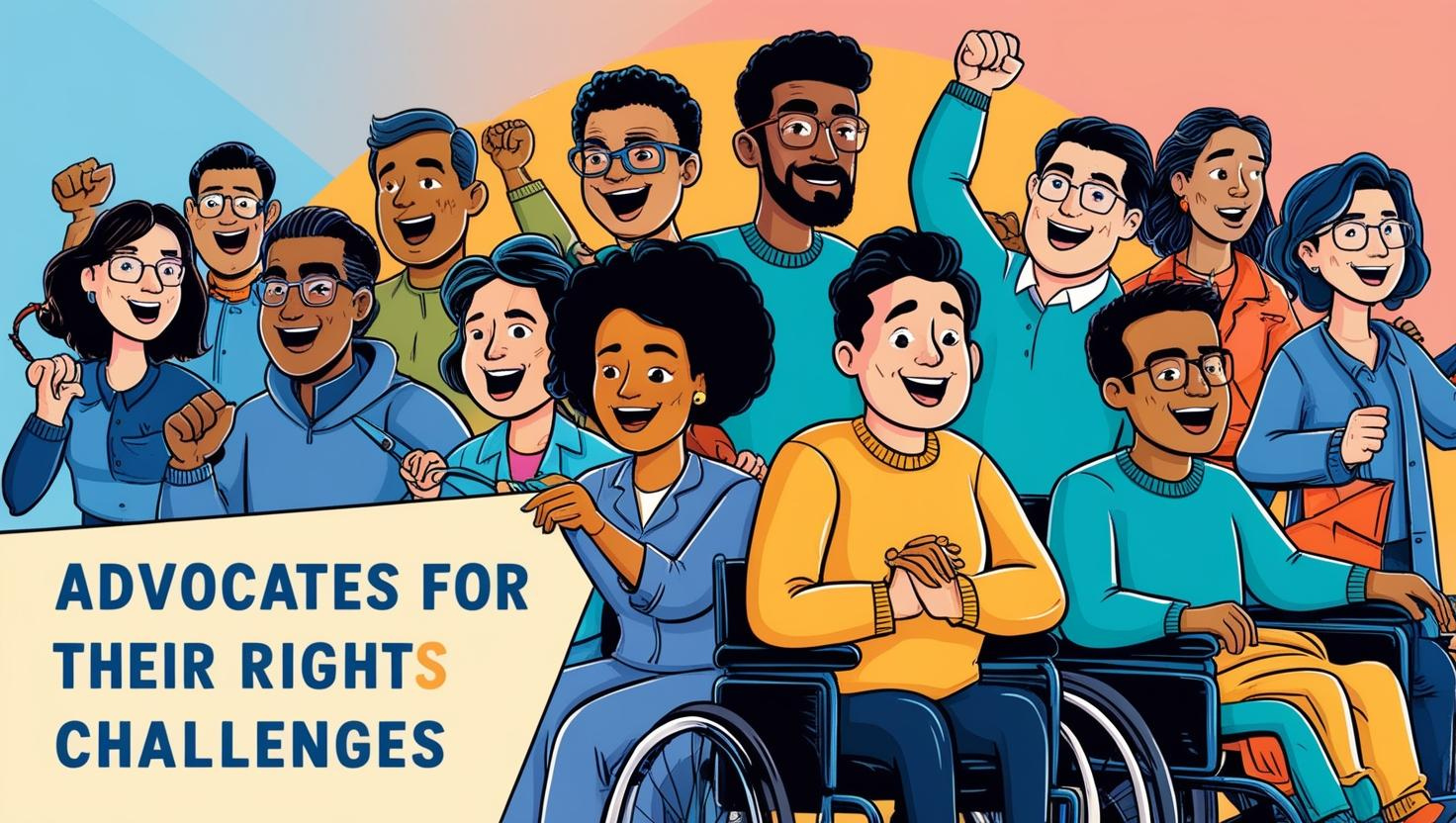

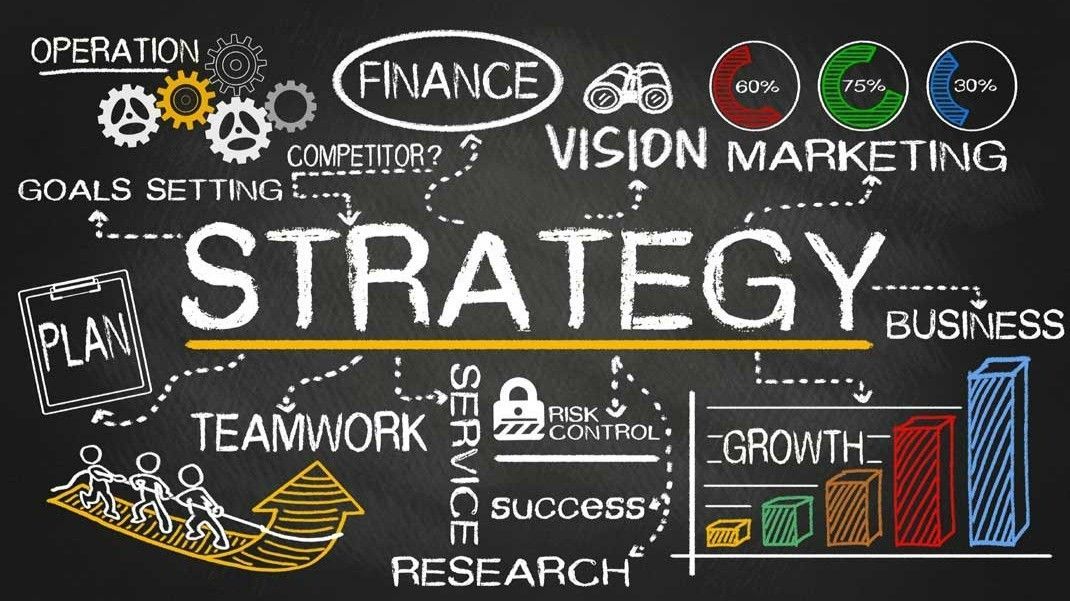
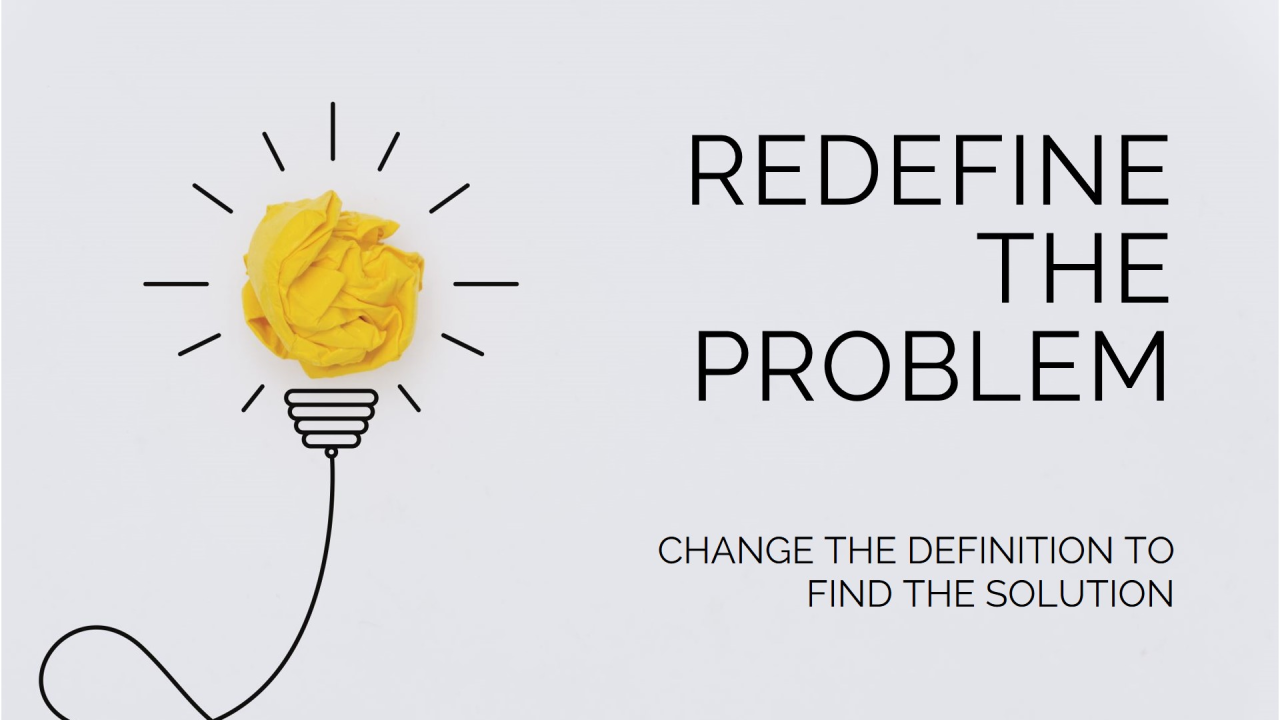

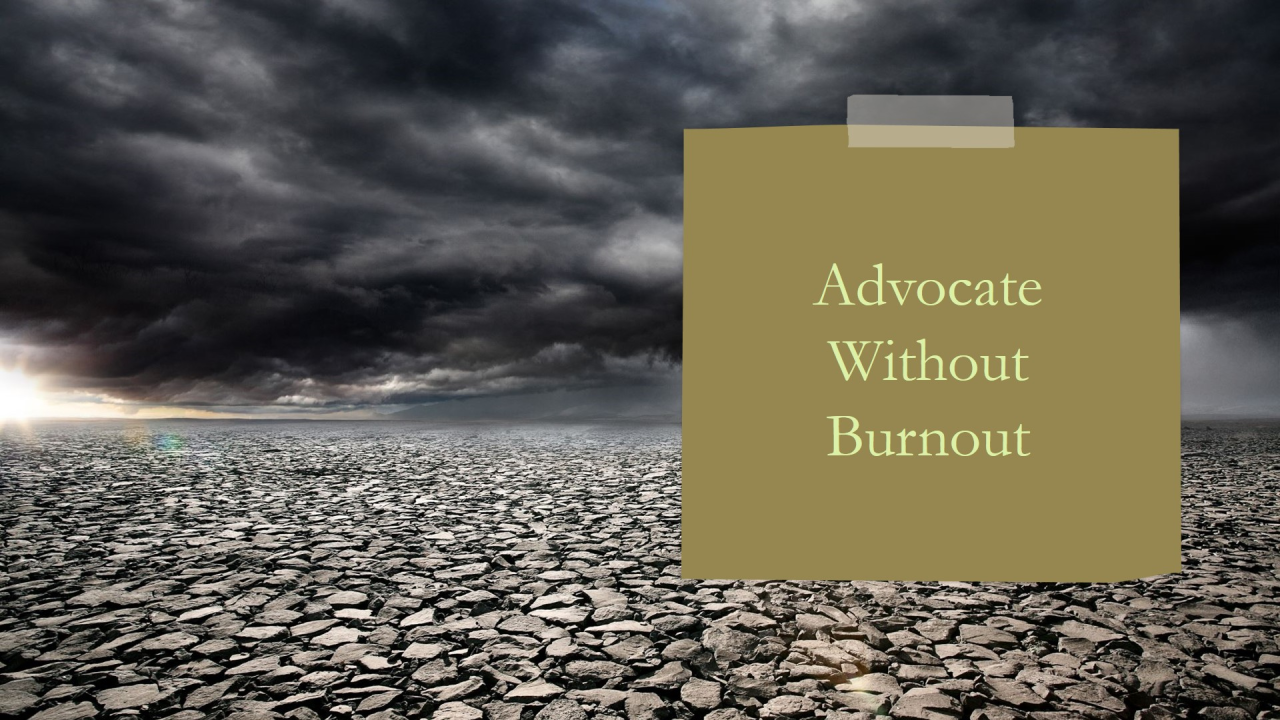
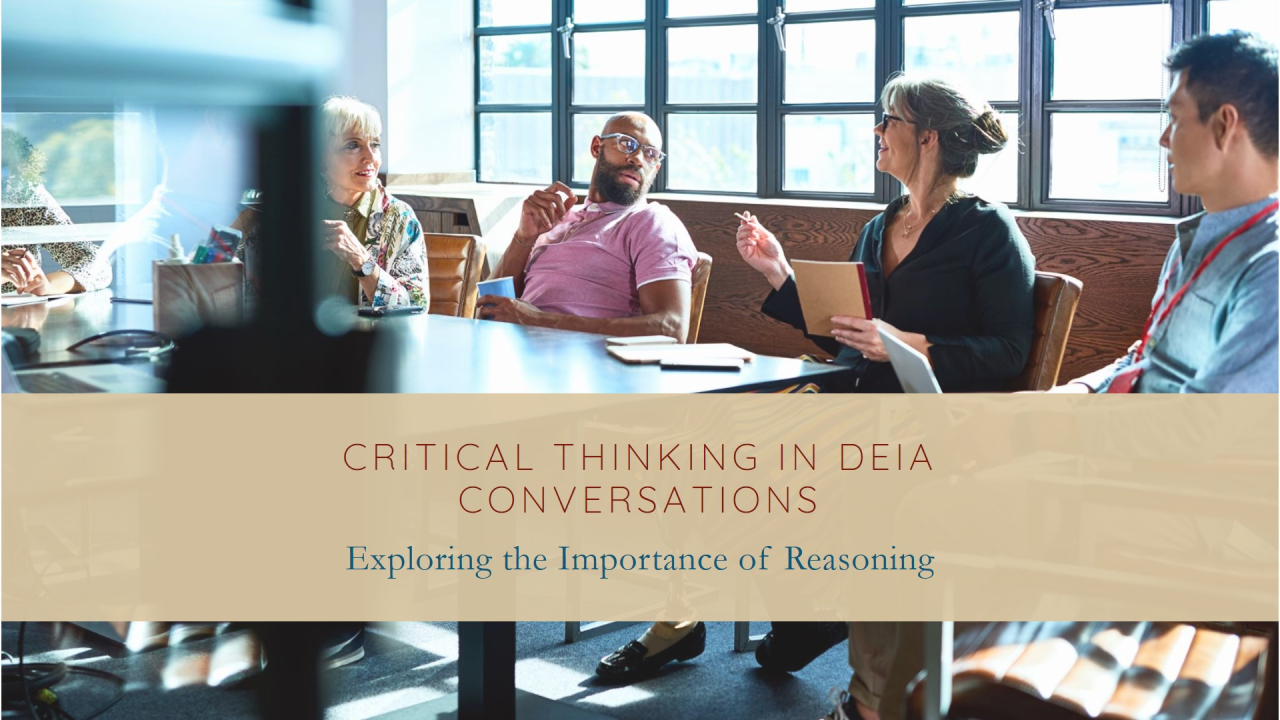
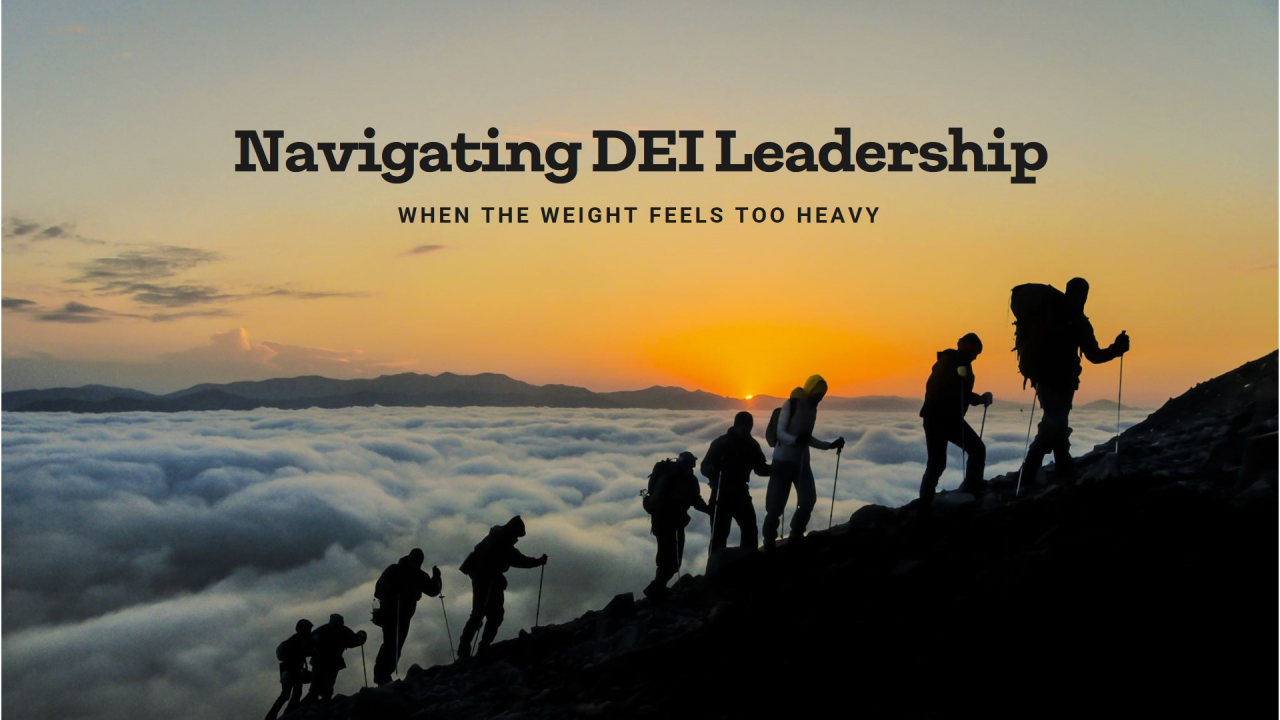
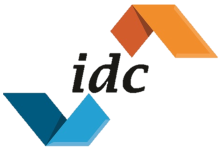
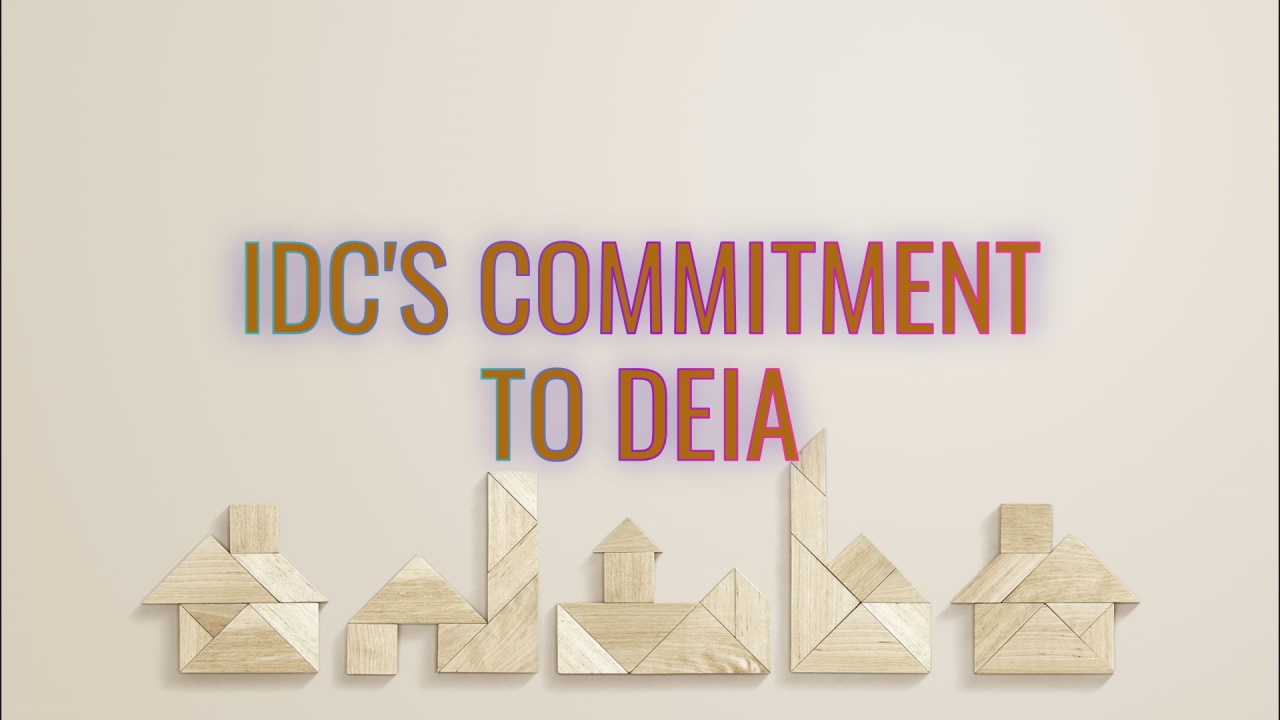
Share On: